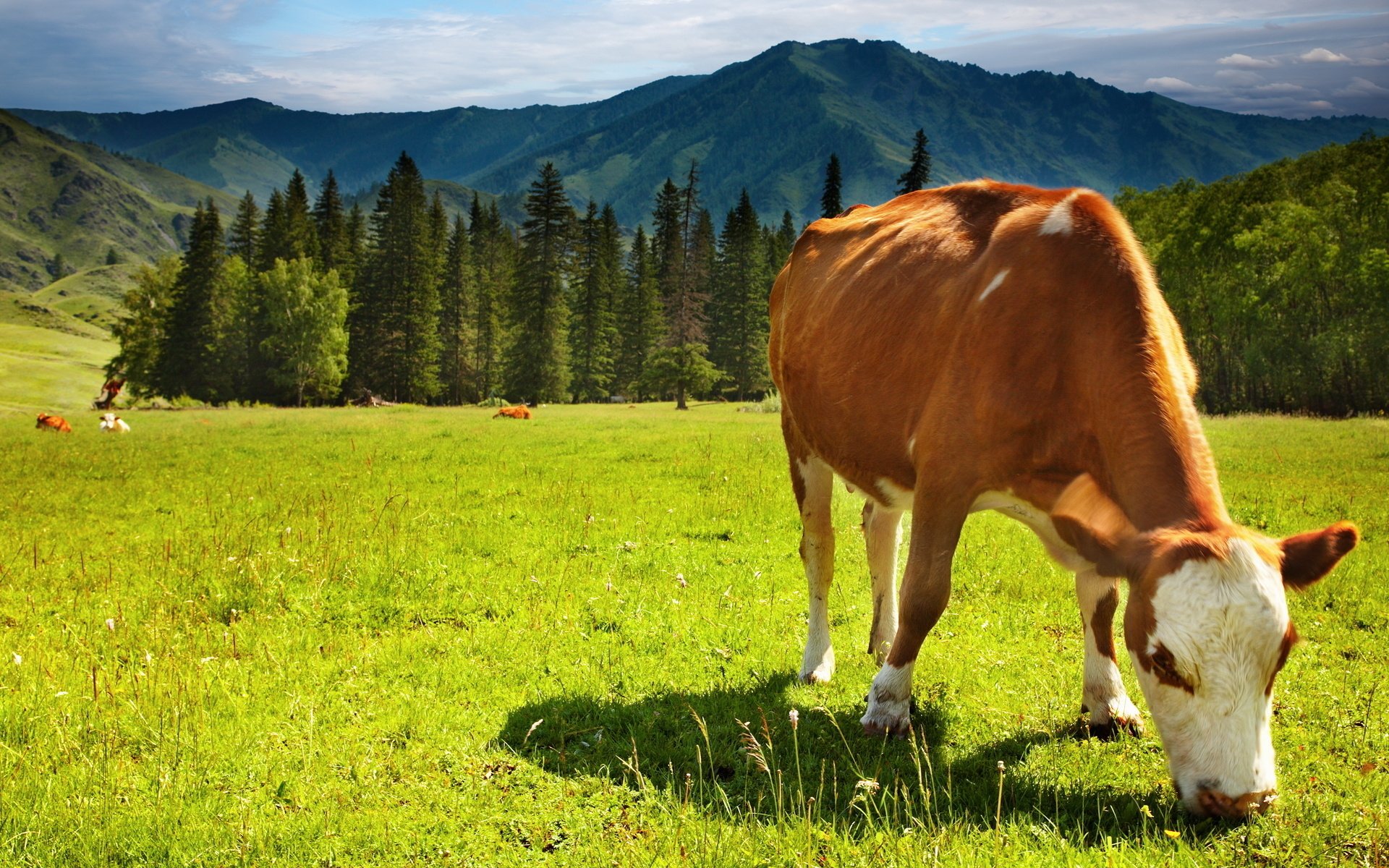Table of Contents
So, you’re thinking about buying half a cow, just for yourself, in 2025. It’s a big move, a really big chunk of meat. You’ve heard about the savings, the quality, the whole farm-to-freezer vibe. But then it hits you: how long will all that beef actually stick around before you’re sick of it or, worse, it goes bad? For one person? Let’s just cut to it: it’s gonna last a good while. Longer than most folks think, if you plan it right.
It’s not just some small purchase, like a bag of groceries. A half cow usually means somewhere between 160 to 250 pounds of beef, dressed weight. After the butcher works their magic, taking out bones and trimming stuff, you’re looking at maybe 100 to 150 pounds of actual meat you can cook. That’s a lot for one stomach. I mean, think about it: if you eat a pound of beef every week, which is more than most people, you’re talking over two years of meat. Yeah, two years. That’s why figuring out exactly how long it’ll last isn’t just some fun math exercise; it’s a necessity. You don’t want to waste a significant investment, do you?
The Sheer Volume of Meat: More Than You Think
When you hear “half a cow,” your mind might go to a few steaks and some ground beef. No, no, no. It’s a whole spectrum of cuts. You get a mix: those fancy ribeyes and T-bones, sure, but also a bunch of roasts—chuck, round, arm. Then there’s brisket, short ribs, stew meat, and of course, a mountain of ground beef. I swear, sometimes it feels like the ground beef alone could feed a small army. And it adds up fast.
In my experience, getting a half cow means really getting to know your butcher. They’re the ones who break it down, make it manageable. They’ll ask about how you want things packaged, what thickness for steaks, how much ground beef per pack. It’s important to be clear, because if you get all your ground beef in two-pound packages and you live alone, that’s a problem. Most of the time, I ask for one-pound packages. That seems like a no-brainer, but some people don’t think about it till the meat’s already cut. So, you’re talking maybe 30-40 pounds of steak, 20-30 pounds of roasts, another 10-15 pounds of specialty cuts like stew meat or short ribs, and then 60-80 pounds of ground beef. This isn’t exact, obviously, because every animal is different, and every butcher cuts a bit differently. But it gives you a picture. And that picture is a lot of meat.
Your Eating Habits: The Ultimate Decider
The big question mark in this whole thing? It’s you. How much beef do you actually eat? Do you cook dinner every night? Are you a big meat-and-potatoes person, or do you mix it up with chicken, fish, pasta, and veggie meals? This is the major thing that makes the number swing wildly.
Let’s say you’re super dedicated, a real beef fiend, and you eat beef three to four times a week. Even then, you’re not typically eating a full pound of meat each time. Maybe a six-ounce steak for dinner, or a half-pound of ground beef in a chili. If you average, say, a pound and a half of beef a week, and you’ve got 120 pounds of actual meat, that’s 80 weeks right there. That’s over a year and a half. That’s a long time. If you’re more moderate, eating beef once or twice a week, maybe totaling half a pound to a pound, then you’re looking at two years, easily. Maybe even closer to three. I mean, that’s wild, isn’t it? It means you won’t need to buy beef from the store for a very, very long time.
Freezer Space: Non-Negotiable Reality
Okay, let’s talk logistics. You can’t just shove 120 pounds of beef into your fridge freezer. It’s not happening. You absolutely, positively need a dedicated chest freezer or upright freezer. I’m not talking about a tiny one, either. You’ll want at least 8 to 10 cubic feet for a half cow, probably more to be comfortable and leave room for other frozen stuff. And you need to consider where that thing is going to live. Is it in your garage? Your basement? Do you have space? And power? Running an extra freezer does add to your electricity bill, but it’s usually offset by the savings from buying meat in bulk.
When you get the meat, it’s going to be packed in boxes. Often, each cut is individually wrapped and labeled, which is a lifesaver. But it’s still a puzzle. You need to organize it. I recommend making an inventory list right away. What cuts do you have? How many of each? Where did you put them in the freezer? Nothing’s worse than wanting some stew meat and having to pull out every single package to find it. Trust me on this one. And it’s not just about space; it’s about making sure your freezer stays cold. Really cold. We’re talking 0°F (-18°C) or lower to keep that meat good for those long stretches.
Meal Planning and Variety: Avoiding Beef Burnout
So, you’ve got two years of beef. What’s next? Getting bored of beef. It’s a real thing. Even if you love steak, eating it constantly gets old. This is where variety in your cooking, and a bit of planning, makes all the difference.
Think about the different cuts you’ll get:
Steaks: Grill ‘em, pan-sear ‘em. Easy.
Roasts: Slow cooker is your friend. Pot roasts, shredded beef for tacos or sandwiches.
Ground Beef: This is your workhorse. Tacos, chili, meatloaf, burgers, pasta sauce, shepherd’s pie. The possibilities are endless. And since you’ll have so much of it, this is where you can really get creative.
Stew Meat: Obviously, stews. But also curries, or some slow-cooked beef with root vegetables.
Brisket/Short Ribs: Low and slow is the game. Smoking, braising. These take time but are so rewarding.
What’s interesting is how many different meals you can make just from ground beef. I once spent a whole month trying to make a different ground beef meal every night. It was an experiment, and honestly, it pushed my cooking skills. But it also showed me how versatile that one cut is. You can’t just rely on grilling steaks every week, unless you have an iron stomach and a very specific palate. So, rotate. Mix in chicken, fish, vegetarian meals, even if you don’t buy those in bulk. That way, when you pull out that beef, it feels like a treat, not a chore. I often think about how I wouldn’t buy a sweater in July hoping it lasts till next winter without checking if it even fits now, and buying a half cow is a bit like that – you need to know your capacity, your limits, and how you’ll use it.
Cost Savings and Quality: The Real Payoff
Despite the massive quantity and the logistics, there’s a strong argument for buying in bulk: the money you save and the quality you get. Usually, when you buy a half cow, you’re paying a flat per-pound price based on the hanging weight. This price is often significantly lower than what you’d pay for individual cuts at the grocery store, especially for the premium cuts. You’re essentially getting filet mignon for ground beef prices, almost. Plus, you know exactly where your meat came from, which is a big deal for a lot of people these days. It’s often grass-fed, locally sourced, and you can sometimes visit the farm. That peace of mind is worth something, isn’t it?
So, will half a cow last one person? Yes. For a long, long time. It’s not just a purchase; it’s a commitment to a particular way of eating and managing your food supply. It demands freezer space, a bit of cooking creativity, and a willingness to plan. But if you’re up for it, it’s a solid way to ensure you always have high-quality beef on hand, and you’ll save a lot of cash in the process.
FAQ: How Long Will Half A Cow Last 1 Person?
Here are some common questions I hear about this very topic, because it’s not as simple as it seems on the surface:
How Long Will Half A Cow Last 1 Person in terms of months or years: Typically, for one person eating beef a few times a week, a half cow (around 100-150 pounds of actual meat) will last anywhere from 1.5 to 2.5 years; it heavily depends on how much beef you actually consume daily or weekly, and if you mix in other proteins; if you eat beef every single day, it could be closer to a year, but that’s an extreme case.
How Long Will Half A Cow Last 1 Person considering freezer burn: Properly vacuum-sealed and stored at 0°F (-18°C) or colder, beef can easily last 12-18 months without significant freezer burn; some cuts might last even longer, especially roasts, but ground beef is usually best used within a year; rotating your stock and ensuring a consistent freezer temperature is important.
How Long Will Half A Cow Last 1 Person if I don’t like all the cuts: Well, you might have to get creative with cooking or share with friends and family; learning new recipes for cuts you’re not familiar with (like odd roasts or offal, if you opted for that) can make a big difference; otherwise, you’re just storing something you don’t want to eat, which isn’t smart.
How Long Will Half A Cow Last 1 Person if I rarely cook: If you don’t cook much, buying a half cow is probably a bad idea; it requires a decent amount of meal prep and planning to use up all that meat before it degrades in quality; maybe start smaller, like a quarter cow, or just buy cuts from the store.
How Long Will Half A Cow Last 1 Person for maximum savings: The savings happen when you actually use all the meat and avoid buying store-bought beef; if you let it go to waste or only eat the prime cuts, you’re not really saving money in the long run; so, the duration directly impacts your actual savings.












